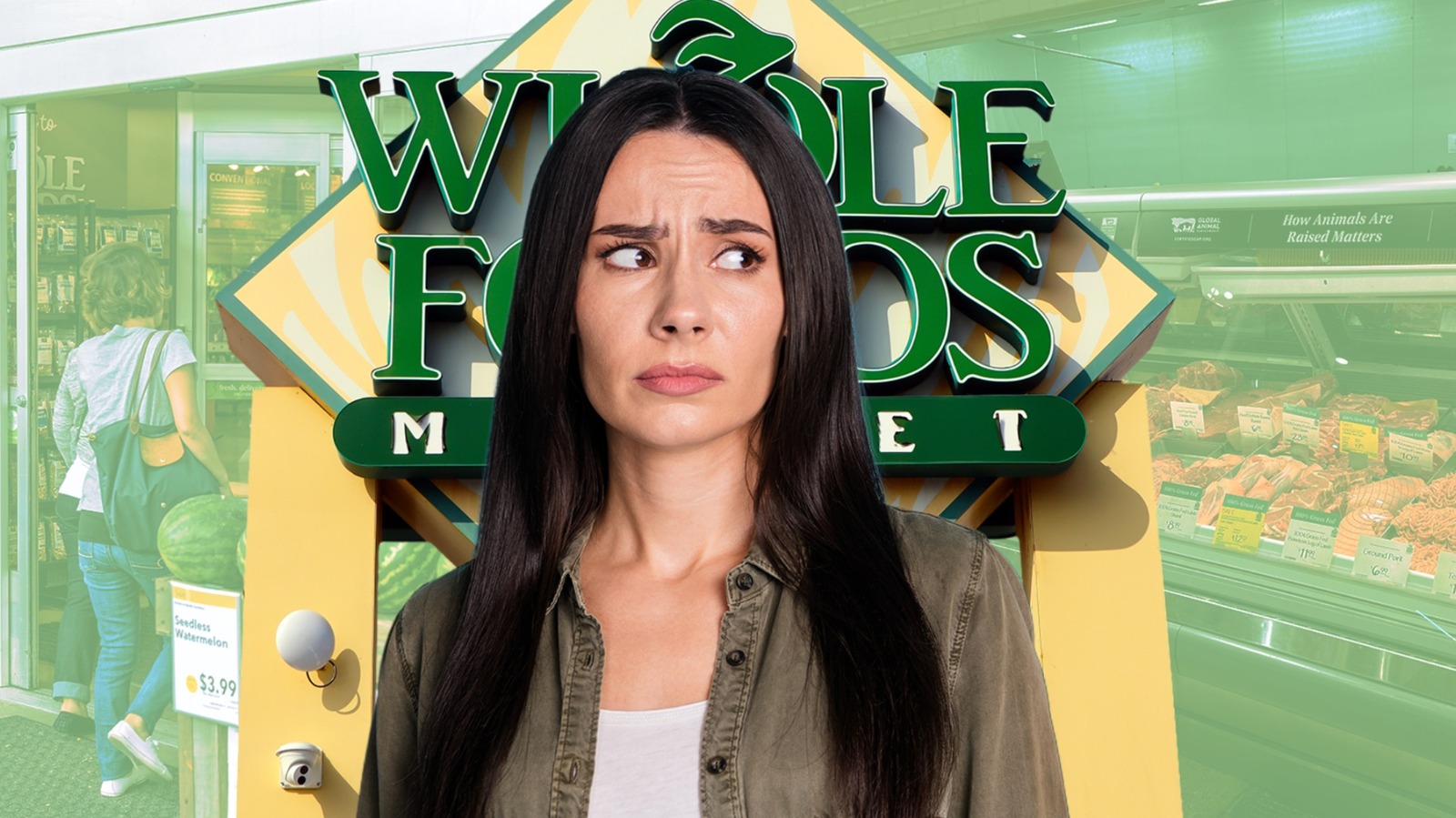
"Whole Foods has grown from being a local natural food store with 19 employees to an international grocery juggernaut that Amazon paid a cool $13.7 billion to acquire."
"Whole Foods shoppers tend to fit into certain boxes - the hipsters, the yoga crowd, the young professionals swarming the hot bar at lunchtime."
"One of the store's most persistent criticisms has been that it is much more expensive than its competitors."
"Both the USDA and FDA define "natural" as foods that don't contain artificial or synthetic ingredients, but this is vague enough to have become a largely unregulated marketing term."
Whole Foods started in Austin in 1978 as Safer Way, focused on organic food, and now spans globally after Amazon's $13.7 billion acquisition. Its customers, often affluent, include hipsters and young professionals, though the store faces criticism for high prices. While it specializes in ‘natural’ products, the definitions of such terms lack regulation, raising concerns about marketing claims. Layout confusion and pricing surprises contribute to shopping challenges, despite the loyalty of its dedicated clientele.
Read at Tasting Table
Unable to calculate read time
Collection
[
|
...
]